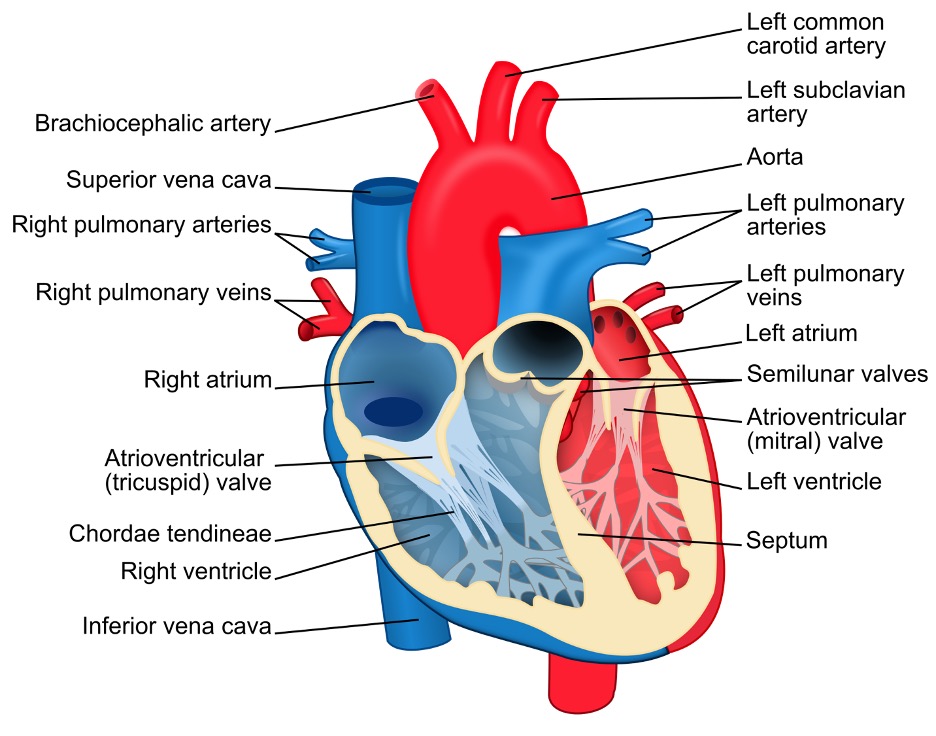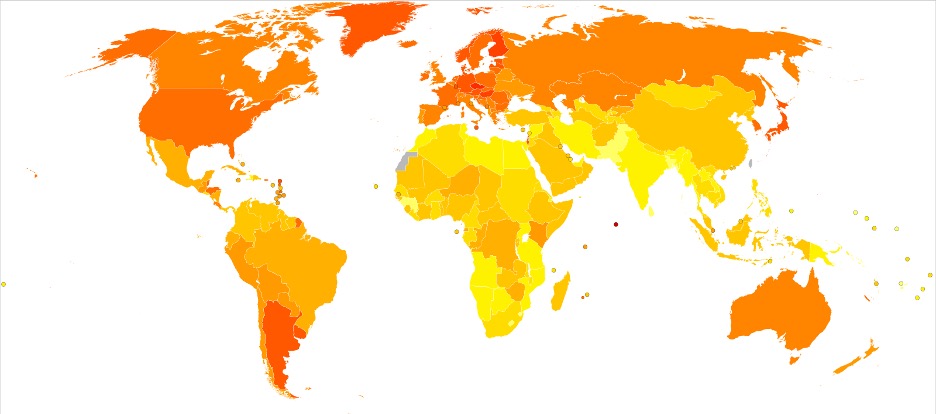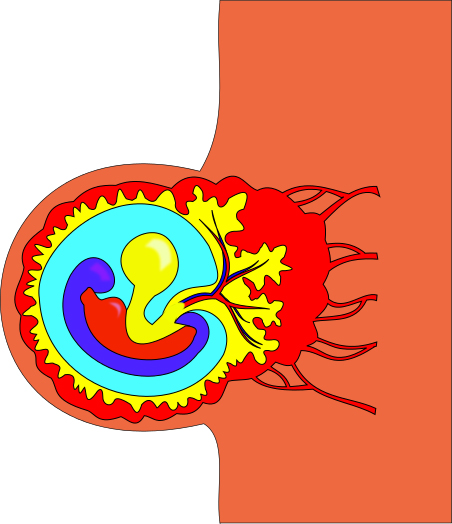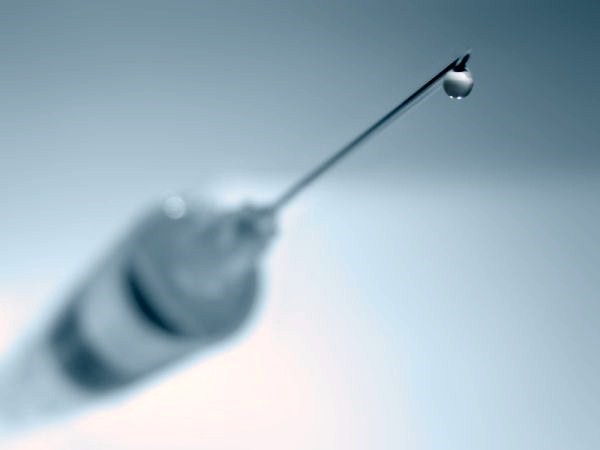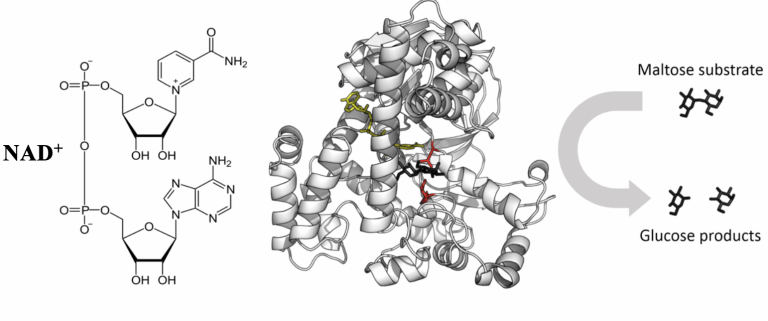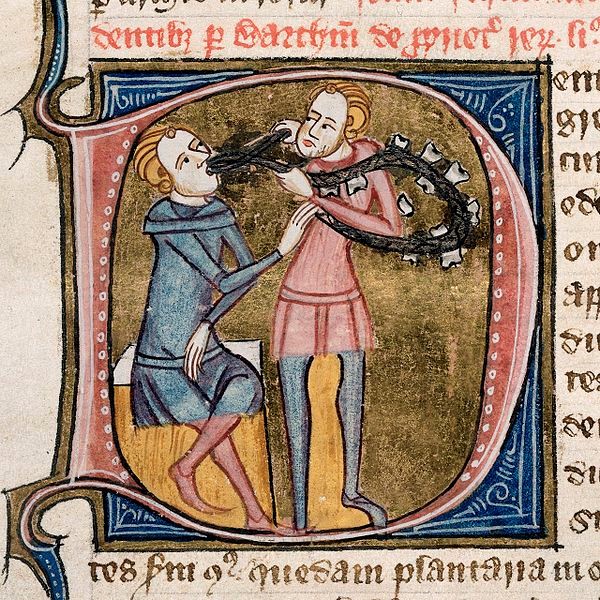An International Team of Researchers Just Solved One of the Biggest Mysteries About the Human Heart
Figure 1: The heart is one of the most complex organs in the body. Pictured here are some of its more major anatomical features. There are many more features, and a large number are not heavily researched. There are some that researchers are not even sure of their function. By continuing research into these parts …

